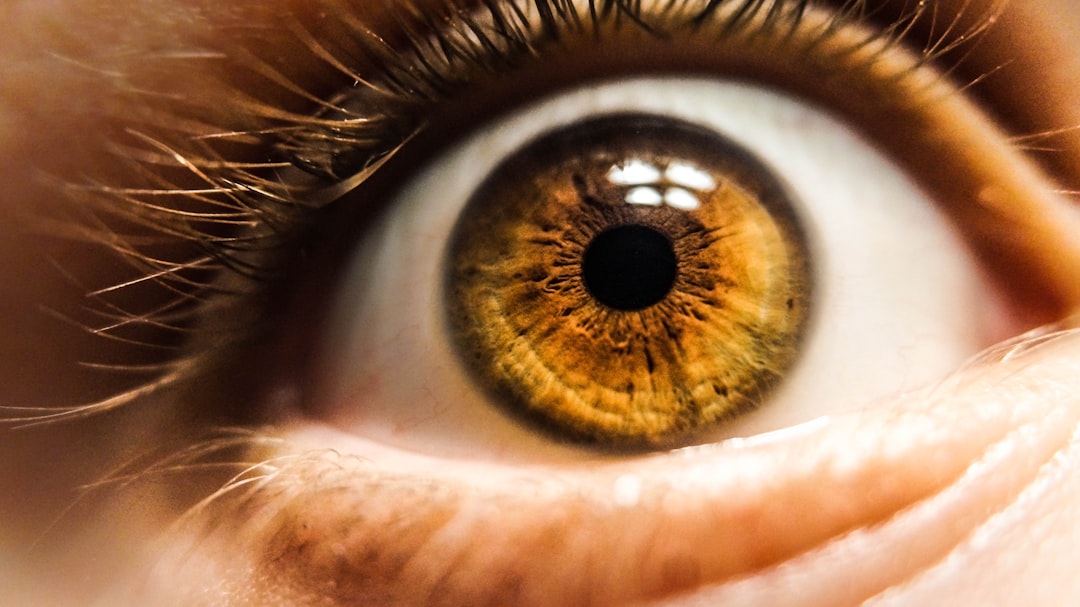What is it about?
It is commonly believed that cellular defects in brains of individuals suffering from neurodevelopmental disorders such as autism and schizophrenia are in their synapses - the tiny 'cellular bridges' that neurons use to communicate among them in order to produce behaviors. In this article I present evidence that besides synaptic problems, another very likely defect is in the morphology of neurons, and in particular in the shape and size of dendritic trees - those parts of neurons responsible for receiving the information from other neurons or the environment.
Featured Image
Why is it important?
I present two pieces of evidence that support the idea that dendritic tree morphology may be one of the reasons behind the pathological symptoms in individuals suffering from neurodevelopmental disorders. First, examination of neuronal morphology in either human patients or animal models used to study these disorders shows that diseased neurons have dendritic trees of abnormal shape and size. This is very likely to cause these neurons to connect to other neurons in an abnormal way and therefore to transfer the information in a wrong way. Second, almost all genes mutations in which have been linked to inheriting autism or schizophrenia, appear to have a clear role in the formation of dendritic trees during development. It is important to acknowledge this fact, as it is possible that effective treatments cannot be designed if this problem is not addressed.
Perspectives
Most researchers working on deciphering cellular defects in animal models of neurodevelopmental disorders focus on studying synapse and its function. This is very important, as synapse is clearly an essential part of neuronal circuitry and information flow in the brain. However, as this review article points out by analyzing previously published information in a critical way, synapse may not be the only focus of cellular defects in these disorders. It is important that more studies in the future include the analysis of dendrtic tree morphology. If we learn much more about the molecules and cellular processes that control dendritic tree shape and size during development, we will be likely also much closer to understanding what is wrong with brains in individuals suffering from disorders such as autism and schizophrenia. Consequently, we will also be more likely to look in new and perhaps better directions that will lead towards the design on more effective treatments.
Tijana Copf
Institute of Molecular Biology and Biotechnology (IMBB), Crete, Greece
Read the Original
This page is a summary of: Impairments in dendrite morphogenesis as etiology for neurodevelopmental disorders and implications for therapeutic treatments, Neuroscience & Biobehavioral Reviews, September 2016, Elsevier,
DOI: 10.1016/j.neubiorev.2016.04.008.
You can read the full text:
Contributors
The following have contributed to this page










